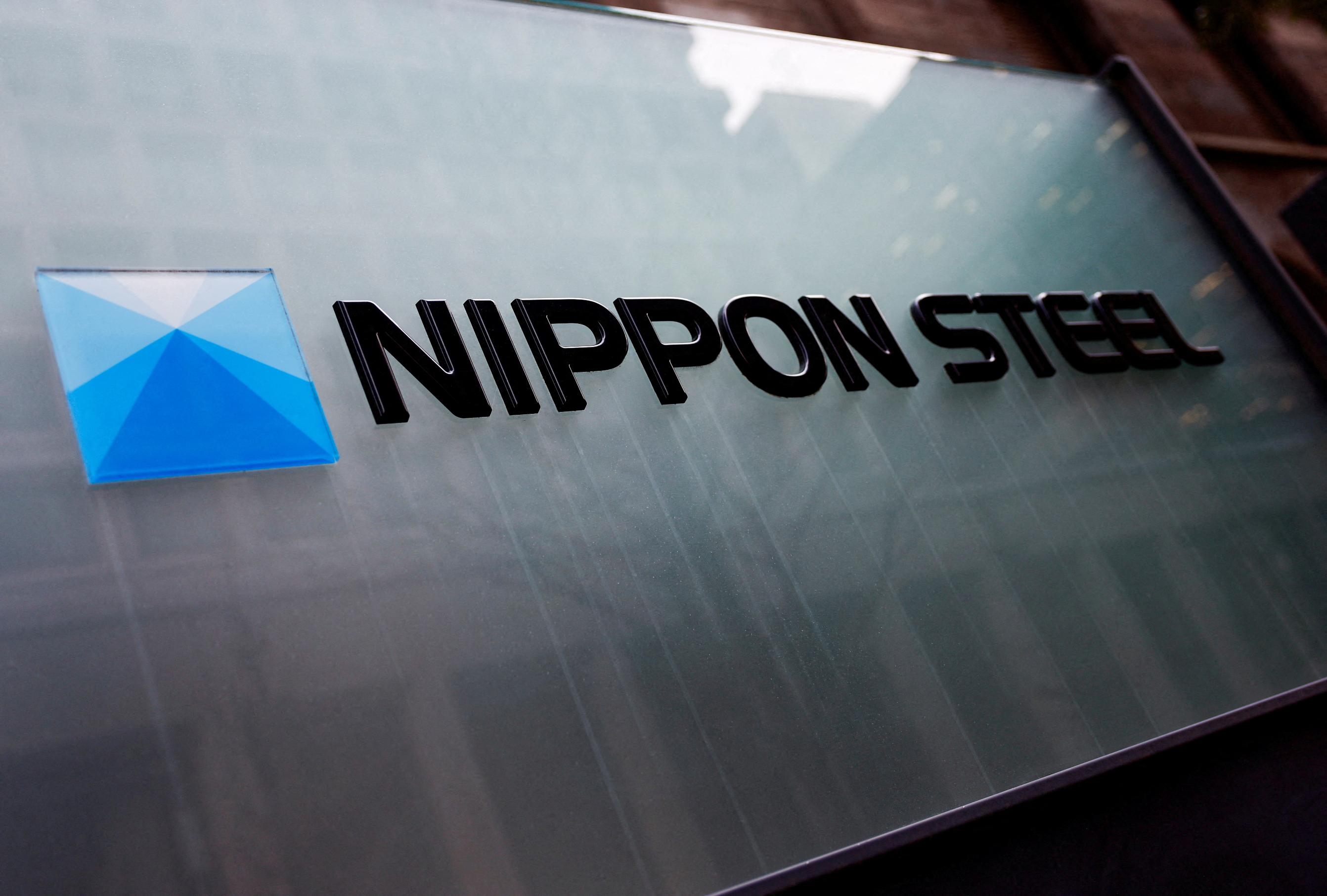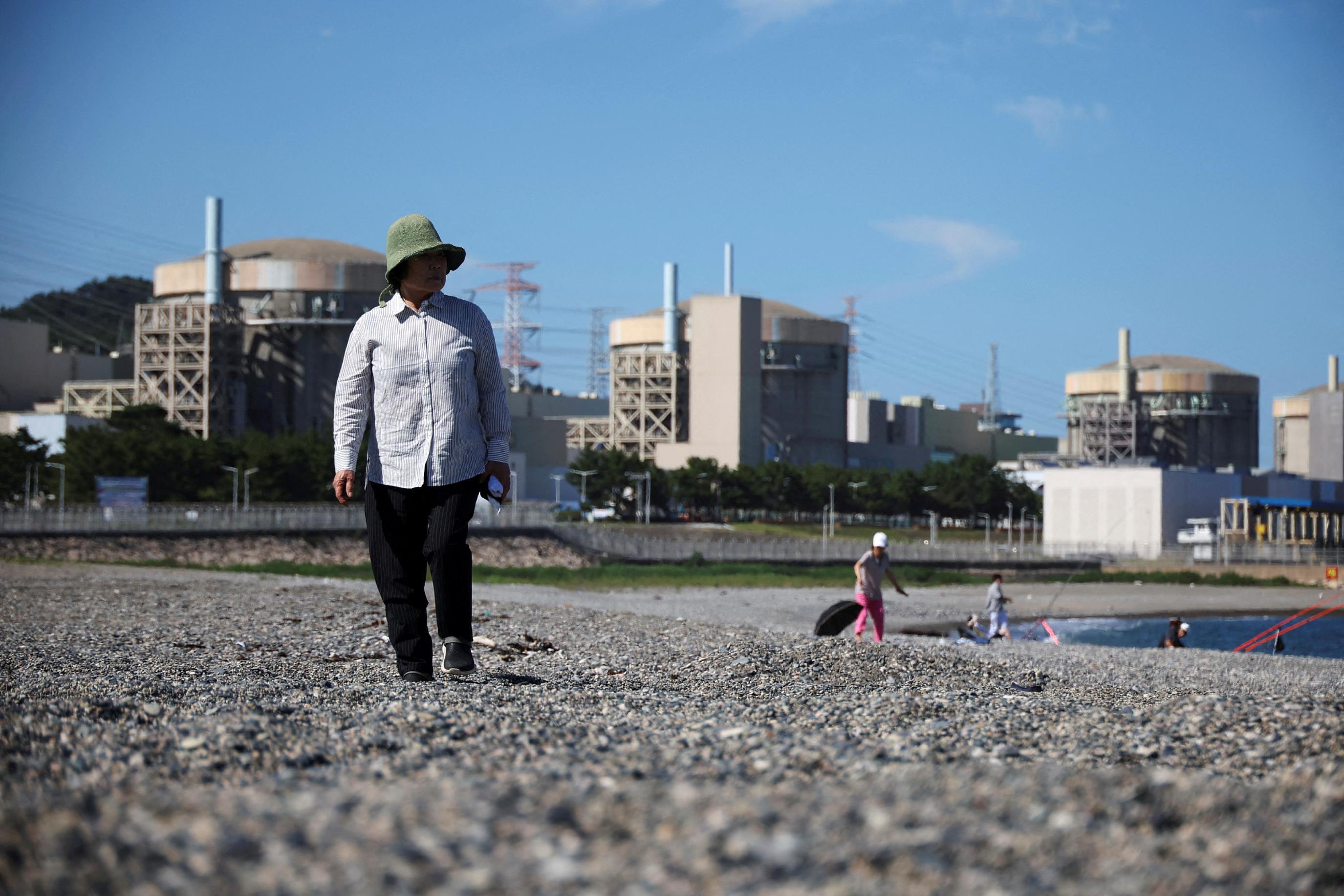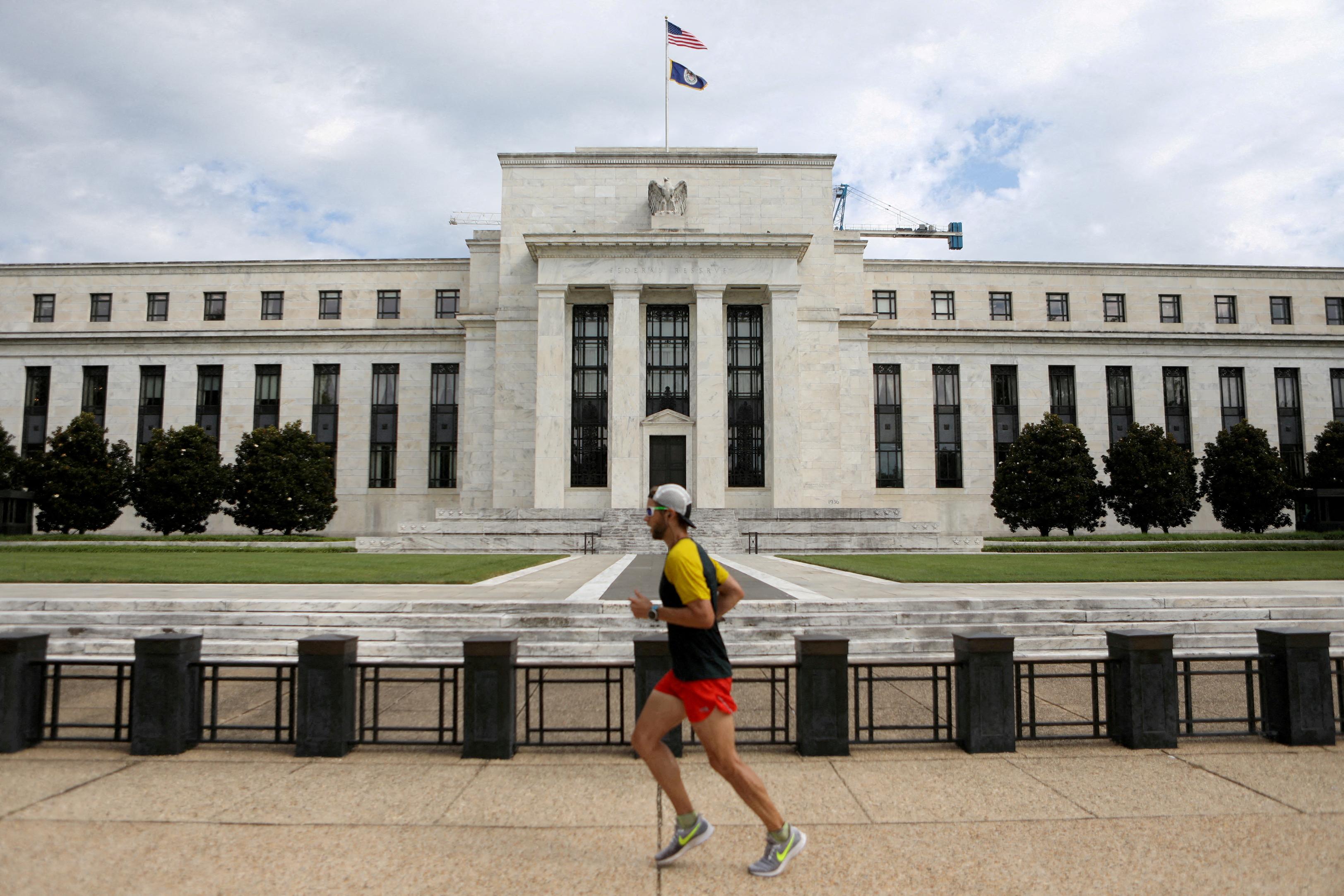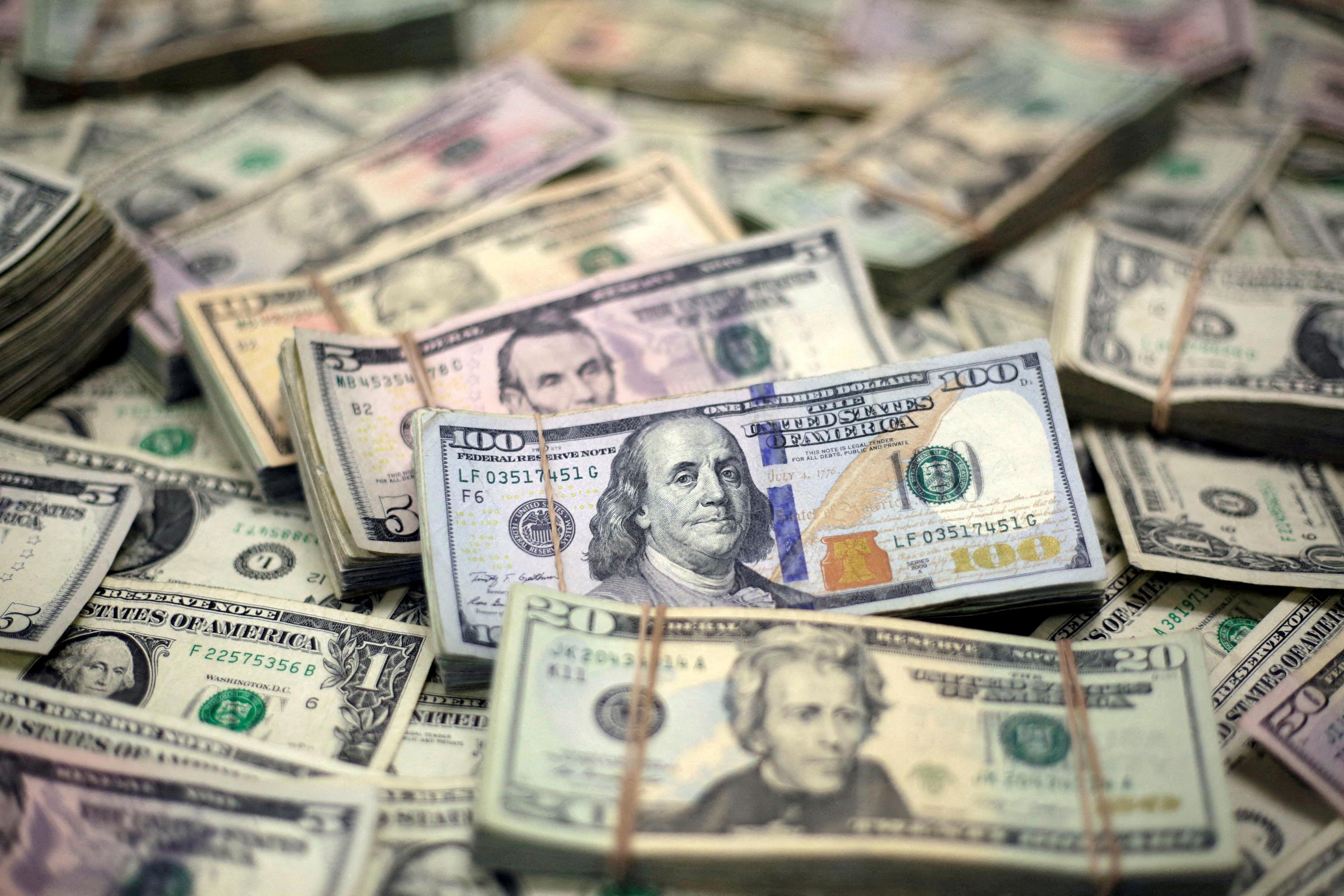
2024-09-13 06:32
27-strong EU will vote on China EV tariffs in October China deploys divide-and-conquer approach to win majority vote Spanish Prime Minister unexpectedly urges EU to reconsider curbs China commerce minister to meet EU trade chief soon BEIJING, Sept 13 (Reuters) - Beijing, as a vote on EU duties on China-made electric vehicles looms, employed a carrot-and-stick approach to deal with the 27-strong bloc, threatening trade retaliation while cajoling key EU states into one-on-one talks on deals and investments. The potential blow of counter-tariffs on EU goods will fall mostly on states such as Spain, France and Italy that have voiced support for the EV duties, with pork, dairy and brandy exports to the world's second-biggest economy at stake. European Union members such as Germany, Finland and Sweden that have not pushed for the tariffs would feel less impact, with little exposure to the export items singled out by China. China's tactics appear to be working. Spanish Prime Minister Pedro Sanchez wrapped up a China visit this week by sitting in a Chinese EV and saying it was an "honour". He then unexpectedly urged the EU to reconsider its position. According to a Spanish government source, Sanchez's delegation came away feeling "Spain is more important now", and that an agreement over tariffs on its pork products was close. As a sweetener, a Chinese company agreed to build a $1 billion plant in Spain to make machinery used for hydrogen production, in apparent backing for Spain's green ambitions. With pork and dairy, China maximises the "domestic political cost" to the countries voting to impose EV tariffs, said Beijing-based economist Mei Xinyu, with the agricultural sector often playing a role in EU politics. "These products count on China as one of their top export markets," he said. Pork, dairy and brandy exports from the EU to China totalled about $10 billion in 2023, although not all products in those categories would be subject to tariffs. The bloc's exports to China last year totalled over $280 billion. CRUNCH TIME Still feeling the pinch of U.S. tariffs imposed during the Trump era, China does not want a trade war with the EU. But Beijing has made it clear it would fight if Brussels imposes additional EV tariffs of up to 35.3%. China-made EVs exported to Europe rose 38% in 2023 to 656,000 units, including shipments non-EU countries. Europe accounted for more than 40% of EVs shipped out of China last year, according to Reuters calculations based on data from the China Passenger Car Association. Chinese Commerce Minister Wang Wentao will visit Europe next week and hold talks with EU trade chief, Valdis Dombrovskis. Wang will also visit Italy, which supports the EV tariffs while also seeking Chinese investment to build EV production capacity. China needs at least 15 EU members representing 65% of the EU population to oppose the tariffs at a vote in October. But positions within the EU remain diverse. Some smaller states are keeping their heads down. Others are prioritising ties closer to home. "Ireland's exports to China are only a small fraction (of its exports), so Ireland will prioritise the EU market and relationship over China," said an Irish trade representative in China, speaking on condition of anonymity. "China is still important, but business with China is hard and not growing as well as expected." Ireland is the fifth most exposed EU producer in China's dairy investigation and sixth worst off in its pork probe. 'SHOCK AND AWE' In contrast, China appears to allow no room for negotiations or concessions with Canada, hitting it on Monday with a probe into its rapeseed exports after Ottawa introduced a 100% tariff on Chinese EVs in August, accusing Beijing of unfair competition. Unlike with Brussels, Beijing gave Ottawa no public prior warning of how it might hit back, signals often conveyed in Chinese state media such as Global Times. He Yongqian, a Chinese commerce ministry spokesperson, said "evidence" showed Canada's rapeseed exports to China had been dumped and had damaged domestic industry, when asked to explain the difference in approach. Canadian rapeseed producers play by a rules-based global trading order, a spokesperson for Global Affairs Canada told Reuters. "We are following this closely," said the spokesperson. On the contrary, Beijing has clearly been open to negotiation with the EU, said Even Pay, an analyst at Beijing-based Trivium China who specialises in agriculture. "With Canada, they went straight for shock and awe," Pay said. Sign up here. https://www.reuters.com/business/chinas-carrot-and-stick-tactics-eu-nations-start-pay-off-2024-09-13/

2024-09-13 06:06
TOKYO, Sept 13 (Reuters) - Nippon Steel (5401.T) , opens new tab and U.S. Steel (X.N) , opens new tab sent a letter on Sunday to U.S. President Joe Biden about their planned $15 billion merger after media reported that he was preparing to block the deal, a spokesperson for the Japanese steelmaker said. The spokesperson did not provide details about the letter's content, but said it was signed by Nippon Steel Chief Executive Eiji Hashimoto and U.S. Steel CEO David Burritt as well as other executives. U.S. Steel did not immediately respond to a request for comment outside of U.S. business hours. The U.S. embassy in Japan did not immediately have comment. Japan's biggest steelmaker is pursuing a cash deal to buy the 123-year-old U.S. Steel, despite resistance from Biden, the United Steel Workers (USW) union and many members of Congress while a U.S. national security review is conducted. The deal has also been opposed by both Republican presidential nominee Donald Trump and Democratic nominee Kamala Harris. Both are vying to win the critical swing state of Pennsylvania, where U.S. Steel is headquartered. The Committee on Foreign Investment in the United States (CFIUS) told the companies in an Aug. 31 letter seen by Reuters the deal would create national security risks because it could hurt the supply of steel needed for critical transportation, infrastructure, construction and agriculture projects. A top Nippon Steel executive and U.S. Steel's CEO met with senior U.S. officials on Wednesday in an effort to salvage the deal, a person familiar with the matter said. The outcome of the meeting was not immediately clear. The Japan Business Federation and a number of U.S. business groups, in a letter to Treasury Secretary Janet Yellen on Wednesday, raised concerns that the Biden administration's national security review of the deal is being unduly influenced by political pressure. On Friday, Japan's Minister of Economy, Trade and Industry Ken Saito declined to comment on the deal, saying that doing so would interfere in U.S. domestic affairs. But Saito added: "It is extremely important that Japanese and U.S. companies continue to make transactions and the growth in deals constitutes a key element of the strong economic relationship between the two nations." Sign up here. https://www.reuters.com/markets/commodities/nippon-steel-us-steel-send-letter-biden-merger-plans-2024-09-13/

2024-09-13 06:02
LITTLETON, Colorado, Sept 13 (Reuters) - South Korea generated more electricity from nuclear reactors than from coal and natural gas for the first time during the opening half of 2024, and plans to add four more nuclear plants to its power fleet by 2038. The heavy nuclear emphasis marks a key strategic shift by the world's third-largest buyer of liquefied natural gas (LNG) and fourth-largest importer of thermal coal, and may lead to reduced purchases of fossil fuels for power going forward. South Korea's nuclear embrace also contrasts with power trends in Europe and North America, where utilities have retreated from nuclear recently but struggle to generate enough clean power from renewables alone to meet rising energy demand. If South Korea's utilities can successfully meet the needs of its manufacturing-heavy economy through expanded nuclear output, the country may provide a viable blueprint to boosting clean power supplies without sole reliance on renewables. TAILORED SOLUTION Historically, coal and natural gas have been the main power sources fuelling South Korea's economy, with cheap and abundant energy vital for the country's cost-sensitive manufacturers of cars, chemicals and electronics. An average of 68% of the country's electricity came from fossil fuels from 2010 to 2023, with roughly 40% from coal and 25% from natural gas, according to energy think tank Ember. With little suitable land for hydro dams, solar parks and wind farms, the country's main source of clean generation has been nuclear plants, which have supplied roughly 28% of its electricity since 2010. Renewables generation has jumped by over 150% since 2018, thanks mainly to a doubling in solar output. But the renewables share of electricity output remains under 6% and too small to make a meaningful impact on national power flows. NUCLEAR FOUNDATION To achieve emissions reduction goals - targeted as a 40% cut to greenhouse gases from 2018 levels by 2030 - the country has committed to reducing the burning of fossil fuels for power generation and industrial processes. To avert any major drop in power output, authorities have outlined a major expansion in clean generation over the next 15 years, including a tripling in solar and wind output by 2030. But the central pillar of South Korea's future power plans is its nuclear fleet, which is set to grow from 26 to 30 reactors by 2038. In addition to roughly 4.4 gigawatts (GW) of new large-reactor nuclear capacity, there are plans for the country's first small modular reactor, with a capacity of 0.7 GW. These planned increases come on top of two new reactors that began commercial operations this year, and helped drive South Korea's total nuclear-powered electricity output to a record over the past year. GROWING EXPERTISE South Korean nuclear firms are also busy overseas. Korea Hydro & Nuclear Power (KHNP) won a contract from the Czech government this year to build two new reactors. KHNP outbid France's EDF and other rivals to win the deal, which marked South Korea's first overseas order for a large reactor since 2009. That has helped Korean firms establish themselves as global leaders in the nuclear construction space. KHNP was also involved in the successful completion of the United Arab Emirates' first nuclear plant, the 5,600 MW-capacity Barakah project. The last of Barakah's four reactors began commercial operations this month, within eight years "from first concrete pour to fuel load," said Mohamed Al Hammadi, chief executive of Emirates Nuclear energy Corporation at an event marking the occasion. "The Barakah nuclear energy plant offers a new model for the world and demonstrates that nuclear energy is bankable and can be delivered efficiently." Given the reports of years-long construction delays , opens new tab and billions of dollars in cost overruns at other nuclear projects, many energy developers will remain sceptical of nuclear's potential. But if South Korean firms can build on their recent successes and help steer the country's clean energy supply levels steadily higher, international energy system planners are likely to take note. Sign up here. https://www.reuters.com/business/energy/south-koreas-closely-watched-nuclear-power-pivot-maguire-2024-09-13/

2024-09-13 05:45
Sept 13 (Reuters) - At least 19 people were killed in Myanmar after heavy rains triggered floods in and around the war-torn country's capital city, with rescuers moving some of the 3,600 people displaced to safer areas on boats, according to the national fire service. Adverse weather brought on by Typhoon Yagi, the strongest storm to hit Asia this year, has killed more than 230 people in Vietnam and Thailand, and flood waters from swollen rivers have inundated cities in both countries. Myanmar has been in turmoil since a military coup in February 2021 and violence has engulfed large parts of the impoverished country. An armed rebellion, comprising of new resistance groups and established ethnic minority armies, is challenging the well-armed military, amid a crippling economic crisis that could be exacerbated by the floods. About 162 sq km of area around the capital Naypyitaw was flooded on Thursday, according to satellite imagery analysis by the U.N.-backed Myanmar Information Management Unit (MIMU). Another 366 sq km around Mandalay, Myanmar's second largest city, also appeared to be under water, according to the analysis. "In total, 3,602 flood-affected people from 30 locations were rescued and moved," the fire department said in a Facebook post late on Thursday on its Naypyitaw operations, adding 19 people had been killed. Some buildings were swamped by flood waters and residents, including women and children, were stranded on rooftops before they were brought down into boats by rescue workers, photographs posted by the department showed. About a third of Myanmar's 55 million people require humanitarian assistance but many aid agencies, such as the International Committee of the Red Cross, cannot operate in many areas because of access restrictions and security risks. Sign up here. https://www.reuters.com/world/asia-pacific/floods-myanmar-leave-19-dead-displace-thousands-2024-09-13/

2024-09-13 05:42
Chances of supersized Fed rate cut rise to 43% Dollar hits lowest vs yen since Dec. 28 Gold at record, Treasuries bounce Sept 13 (Reuters) - U.S. stocks advanced on Friday and gold continued to hit record highs as investors looked to whether the Federal Reserve might move more aggressively to cut rates at its policy meeting next week. Futures tied to the Fed's policy rate now reflect about a 47% chance the Fed will cut its policy rate by half a percentage point, climbing from 28% odds on Tuesday following media reports suggesting it could be a close call between a half-point and a quarter-point rate cut. The growing anticipation of steeper cuts helped boost stocks, gold and Treasury prices, and drive down the dollar. All three major U.S. indexes closed higher. The Dow Jones Industrial Average (.DJI) , opens new tab was up 0.72%, the S&P 500 (.SPX) , opens new tab jumped 0.54% and the Nasdaq Composite (.IXIC) , opens new tab surged 0.65%. MSCI's gauge of stocks across the globe (.MIWD00000PUS) , opens new tab rose 0.61%. Hopes for a bigger cut were further boosted when influential former New York Fed President Bill Dudley said at a forum in Singapore, "There's a strong case for 50." But tepid inflation and other economic data earlier in the week suggest the Fed may be willing to start slow as it cuts rates for the first time since 2020. "It's true that many rate-cutting cycles have indeed begun with a heftier chop, but typically against the backdrop of financial market stress - with the S&P 500 just 1% off its peak, and U.S. household net worth at a record high, it's tough to point to financial stress," wrote Douglas Porter, chief economist for BMO Capital Markets. In Asia, stocks in mainland China and Japan both closed lower, with the Shanghai Composite index (.SSEC) , opens new tab down 0.48% and the Nikkei (.N225) , opens new tab down 0.68%, although it was still positive on the week. DOLLAR, YIELDS DIP Investors preparing for Fed rate cuts continued to drive down the dollar, which dropped as much as 1.0% to 140.36 yen , its weakest since Dec. 28. It was last down 0.68% at 140.83. The dollar index , which measures the currency against the yen and five other major rivals, dropped to a one-week trough at 101.00. It last stood down 0.05% at 101.11. Benchmark 10-year Treasuries rallied, pushing yields down 2.1 basis points to 3.65886%. Yields on two-year bonds , which closely track interest rate expectations, dropped 5.9 bps to 3.5803%. Gold XAU= headed for its strongest weekly gain since mid-August, up 0.9% to $2,581.70 an ounce, driven by dollar weakness and the looming rate cuts. Crude oil regained ground in late trading as U.S. production restarted following the passage of Hurricane Francine. U.S. crude was up 0.29% to $69.17 a barrel and Brent grew 0.13% to $72.06 per barrel. Sign up here. https://www.reuters.com/markets/global-markets-wrapup-1-2024-09-13/

2024-09-13 05:26
Media reports on possible larger Fed rate cut weigh on dollar Ex-New York Fed chief Dudley says strong case for 50-bp move US rate futures price in higher odds of 50-bp cut University of Michigan sentiment improves NEW YORK, Sept 13 (Reuters) - The U.S. dollar fell on Friday to its lowest level in nearly nine months against the Japanese yen after media reports once again fueled speculation the Federal Reserve could deliver a super-sized 50-basis-point interest rate cut at its policy meeting next week. Analysts said reports by the Wall Street Journal and Financial Times late on Thursday saying a 50-bp rate reduction is still an option, and comments from a former Fed official arguing for an outsized cut, caused a shift in market expectations. The U.S. rate futures market has priced in a 51% probability of a 50-bp easing by the Fed at the conclusion of its two-day meeting on Wednesday, up from about 15% early on Thursday. Futures traders have also factored in 117 bps of cuts for 2024, up from 107 bps in the previous session. The media reports introduced the probability of a 50-bp cut back into the market after new inflation data had reinforced expectations of a 25-bp cut by the Fed, said Brad Bechtel, global head of FX at Jefferies in New York. "So you're just seeing a little bit of an unwinding of those positions that were looking for 25 basis points." In late afternoon trading, the dollar was down 0.66% to 140.855 yen , after earlier dropping to 140.285, its lowest level since Dec. 28. On the week, it fell 1%. The euro, meanwhile, rose 0.08% versus the greenback to $1.1083 . The European Central Bank cut interest rates by 25 bps on Thursday, but ECB President Christine Lagarde dampened expectations for another reduction in borrowing costs next month. Gains in the euro have pushed the dollar index 0.08% lower to 101.08 . "That increase in probabilities of potentially more dovish Fed policy drove the dollar lower and pushed a lot of those other currencies higher, said John Velis, FX and macro strategist at BNY in Boston. The dollar trimmed losses after data showed U.S. consumer sentiment improved in September amid easing inflation. The University of Michigan's preliminary reading on the overall index of consumer sentiment came in at 69.0 this month, compared with a final reading of 67.9 in August. Economists polled by Reuters had forecast a preliminary reading of 68.5. U.S. economic data this week appeared to support the case for a typical 25-bp cut next week, with the measure of consumer price inflation that strips out volatile food and energy prices rising more than expected in August. But former New York Fed President Bill Dudley on Friday added to the speculation about a 50-bp Fed rate cut, saying there was a strong case for such a move and that rates were currently 150-200 basis points above the so-called neutral rate for the U.S. economy, where policy is neither restrictive nor accommodative. "Why don't you just get started?," he said. The euro "is eyeing $1.11 again after the combined support of a not-dovish-enough European Central Bank and rising dovish bets on the Fed," said Francesco Pesole, a currency strategist at ING. Sterling edged slightly lower 0.01% to $1.31235, weakening after reaching near its highest level in a week. The Bank of England is expected to hold its key interest rate at 5% next week after kicking off its easing with a 25-bp reduction in August. The dollar fell 0.38% against the Swiss franc to 0.84780 francs. Investors were also looking to the Bank of Japan's interest rate decision next Friday, when it is expected to keep its short-term policy rate target steady at 0.25%. BOJ board member Naoki Tamura said on Thursday the central bank must raise rates to at least 1% as soon as the second half of the next fiscal year, but added that it would likely do so slowly and in several stages. "The BOJ is perceived to be going in the different direction than the Fed - in 180-degree opposite direction," Velis said, adding that whether and when the BOJ raises rates remains an open question. Sign up here. https://www.reuters.com/markets/currencies/dollar-weak-traders-add-wagers-big-rate-cut-fed-2024-09-13/
